Purchase Our Ideal Playground Equipment for Children Aged 2-12
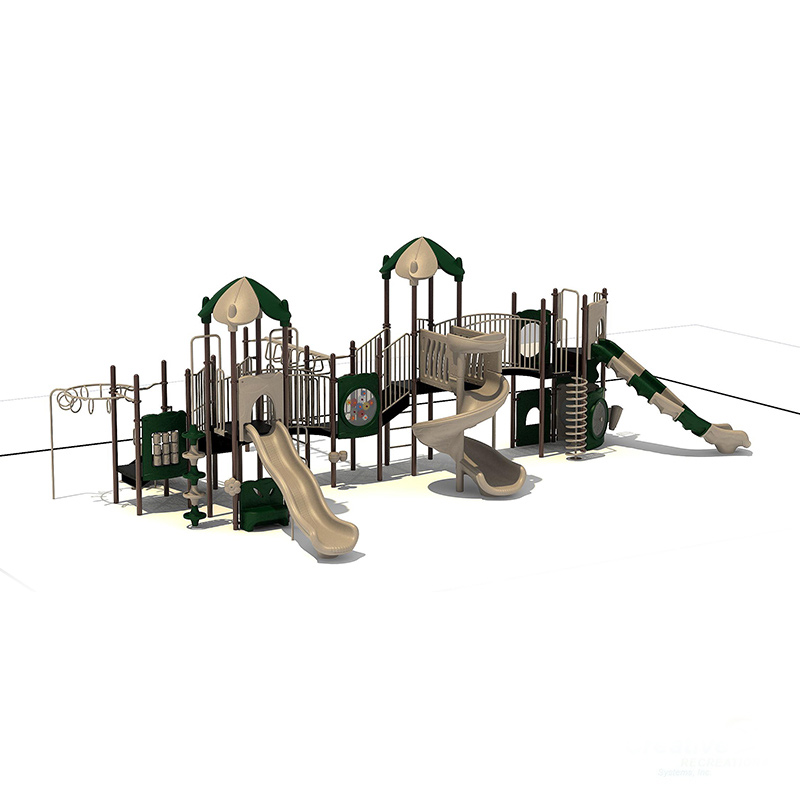 $ 44,809
Save $ 17,891
$ 44,809
Save $ 17,891
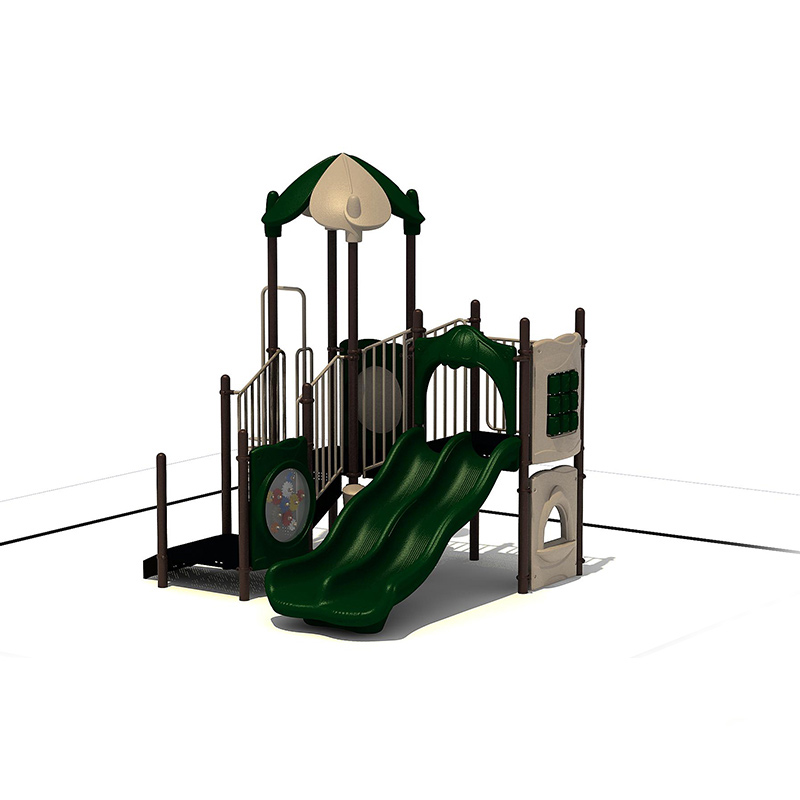 $ 16,022
Save $ 6,378
$ 16,022
Save $ 6,378
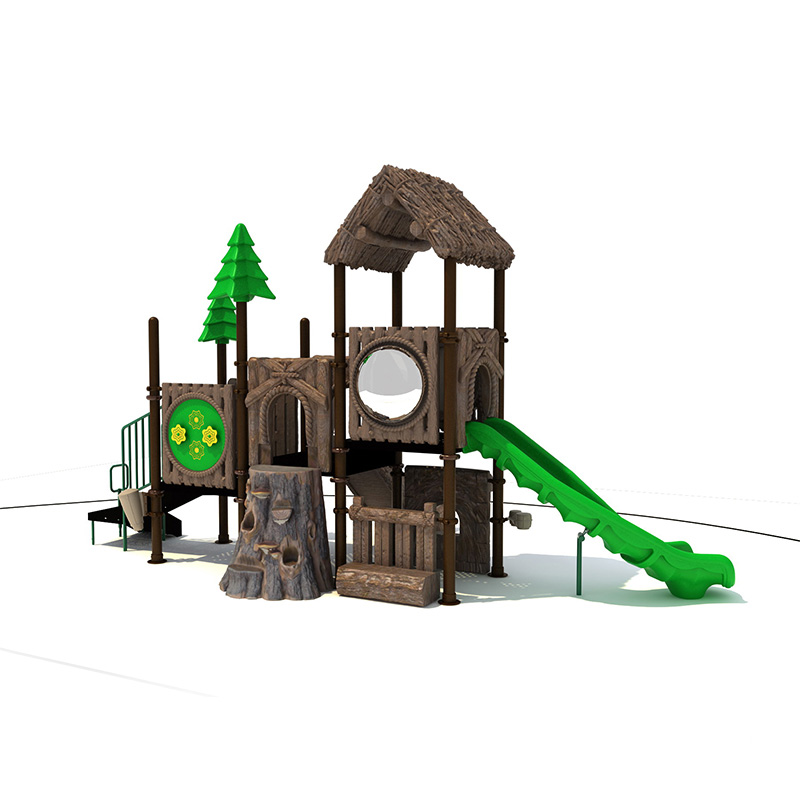 $ 23,143
Save $ 12,457
$ 23,143
Save $ 12,457
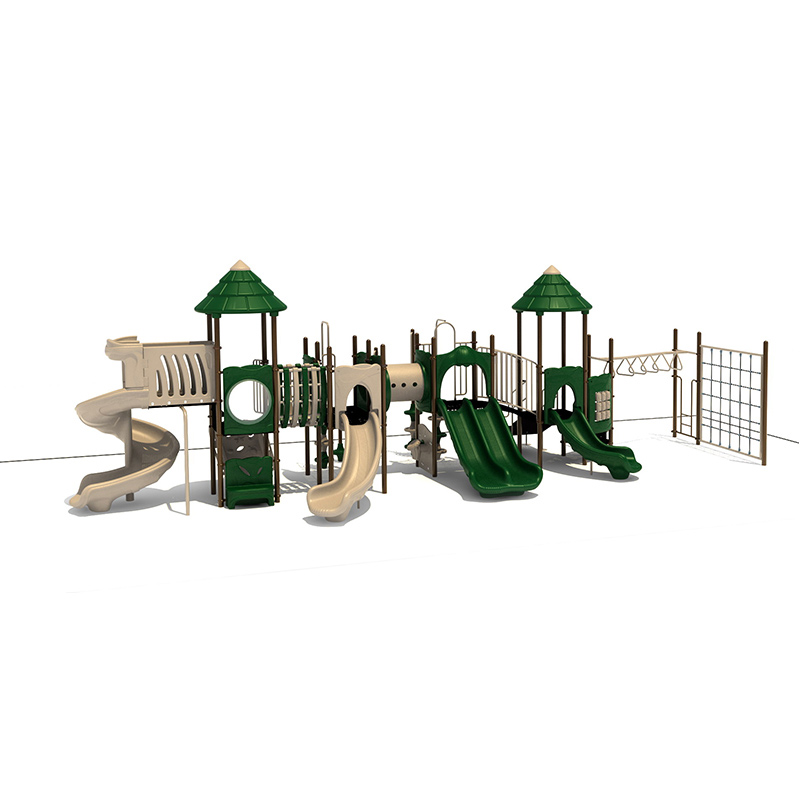 $ 47,168
Save $ 18,832
$ 47,168
Save $ 18,832
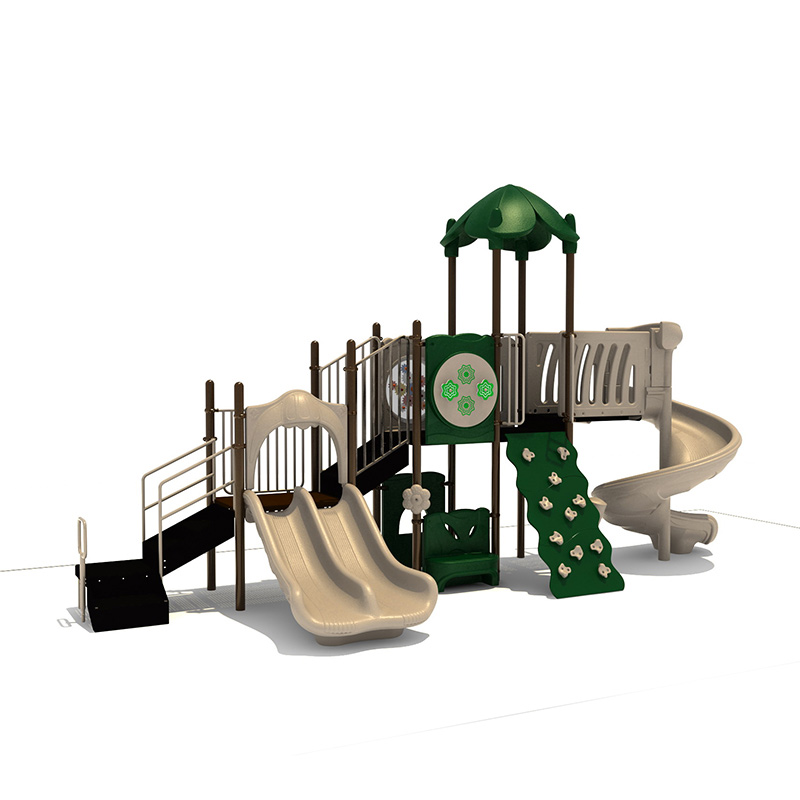 $ 26,192
Save $ 10,508
$ 26,192
Save $ 10,508
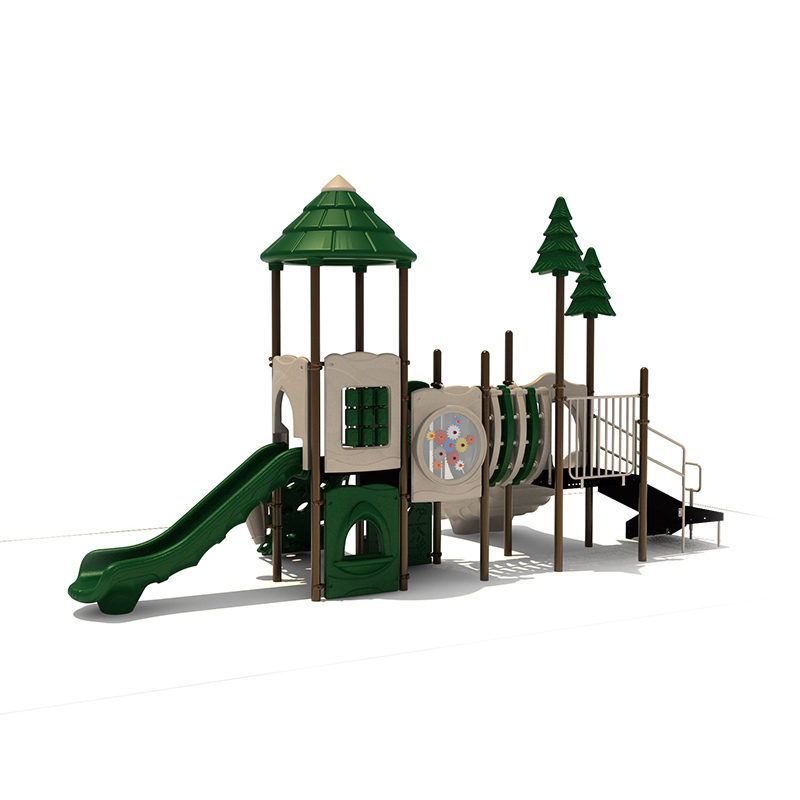 $ 18,440
Save $ 7,360
$ 18,440
Save $ 7,360
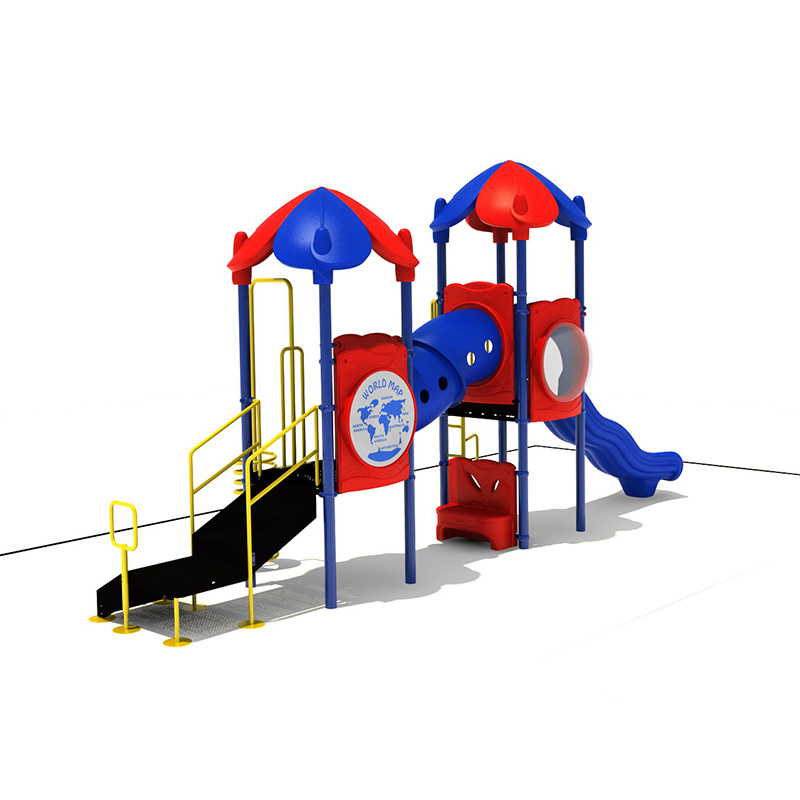 $ 16,252
Save $ 6,548
$ 16,252
Save $ 6,548
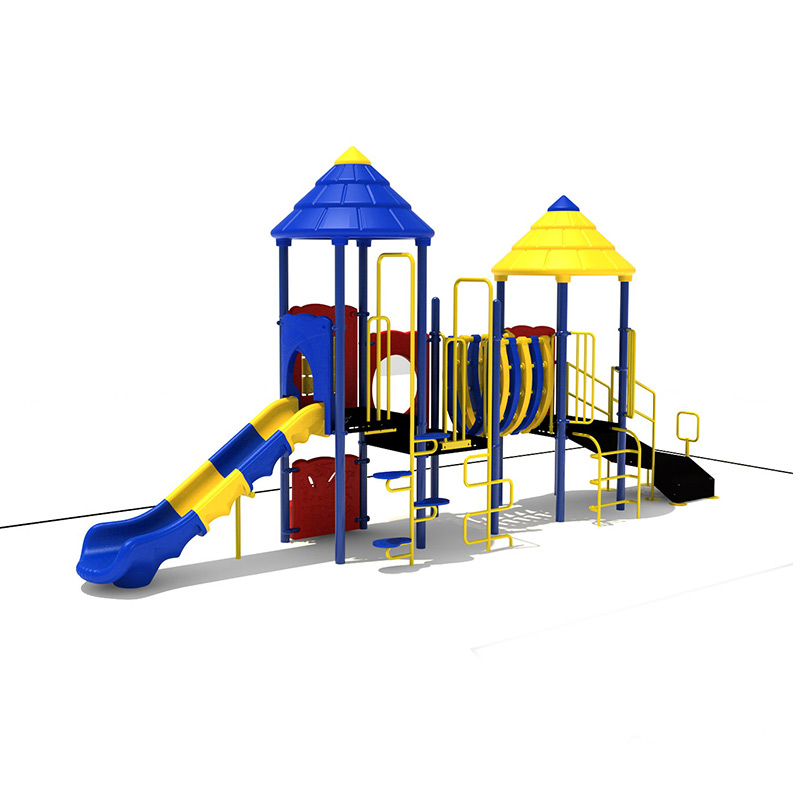 $ 17,962
Save $ 7,138
$ 17,962
Save $ 7,138
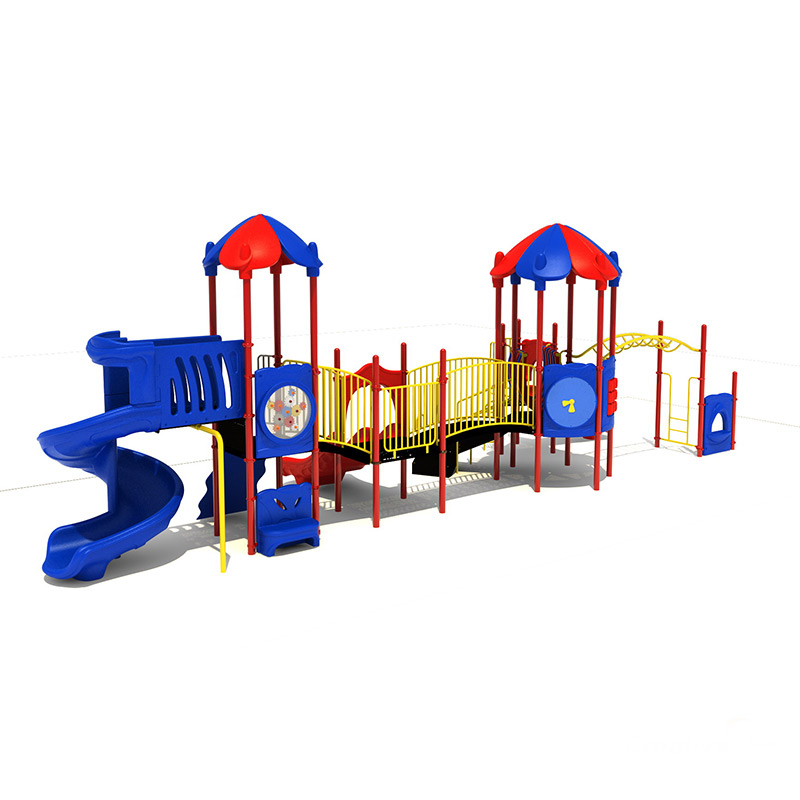 $ 34,310
Save $ 13,690
$ 34,310
Save $ 13,690
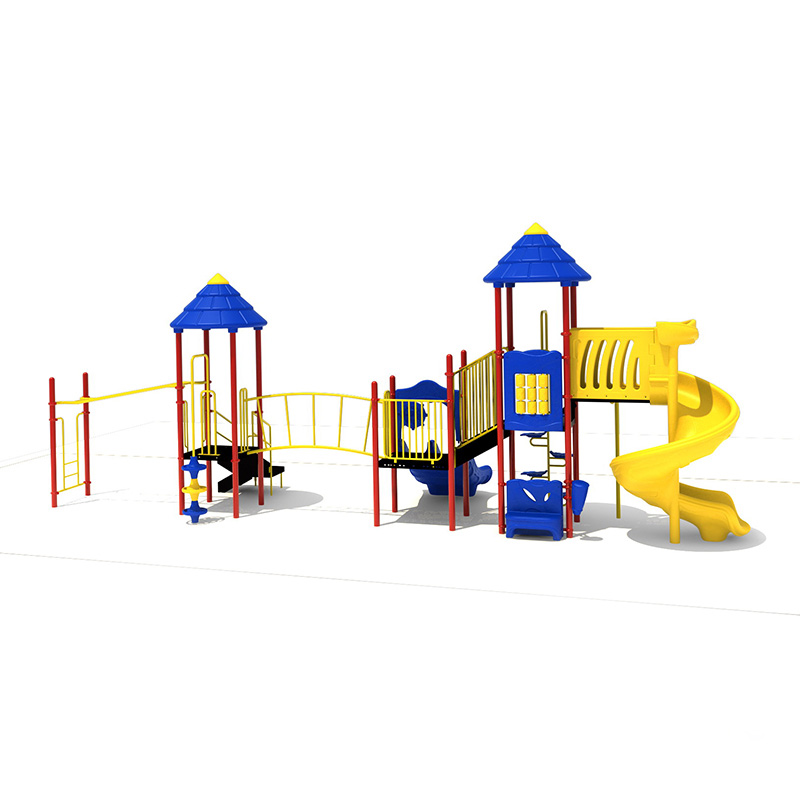 $ 30,499
Save $ 12,201
$ 30,499
Save $ 12,201
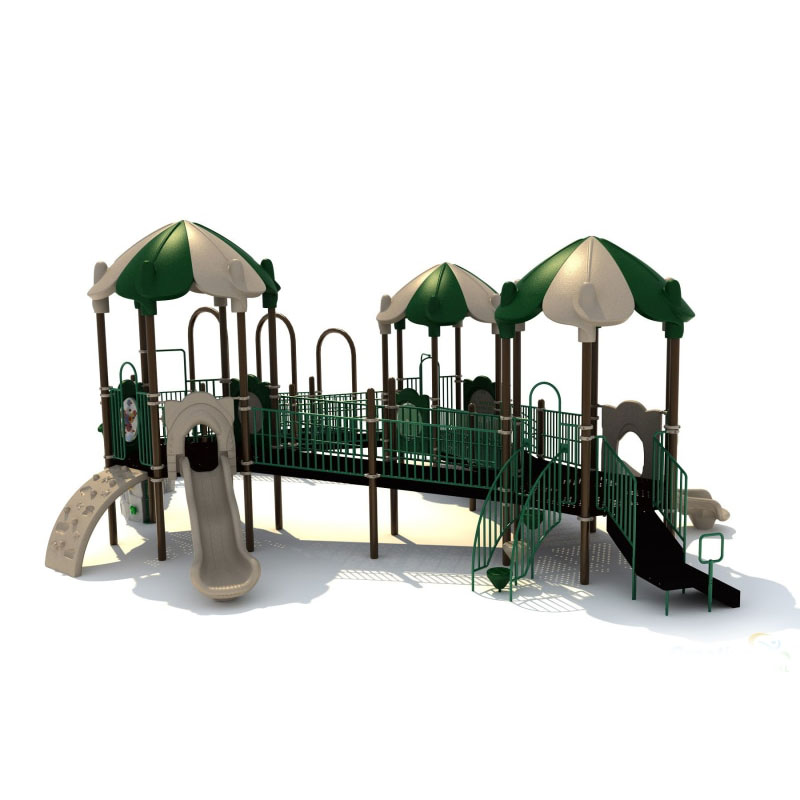 $ 61,620
Save $ 24,680
$ 61,620
Save $ 24,680
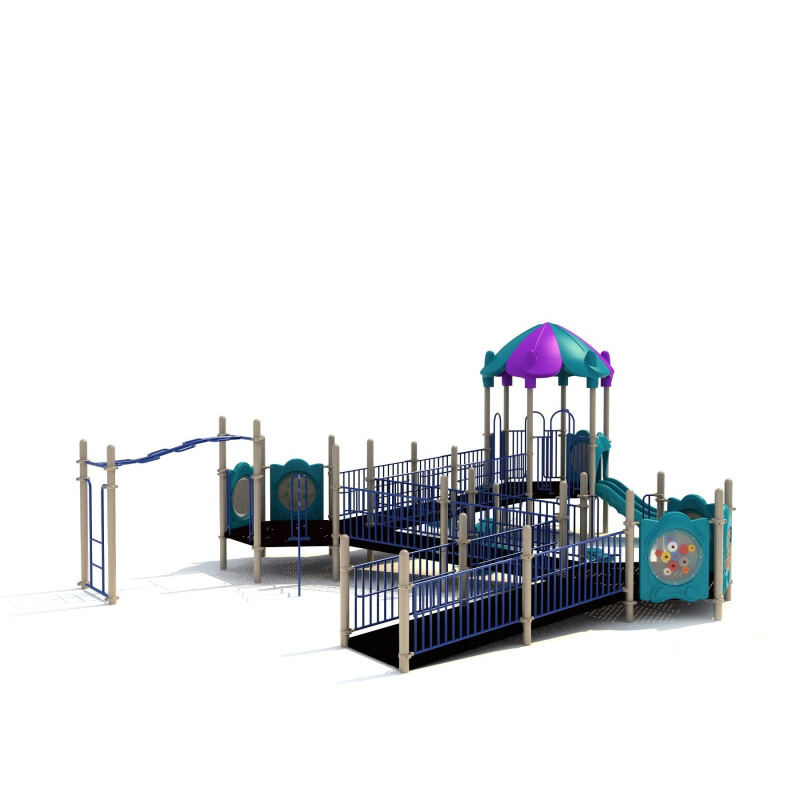 $ 42,244
Save $ 16,856
$ 42,244
Save $ 16,856
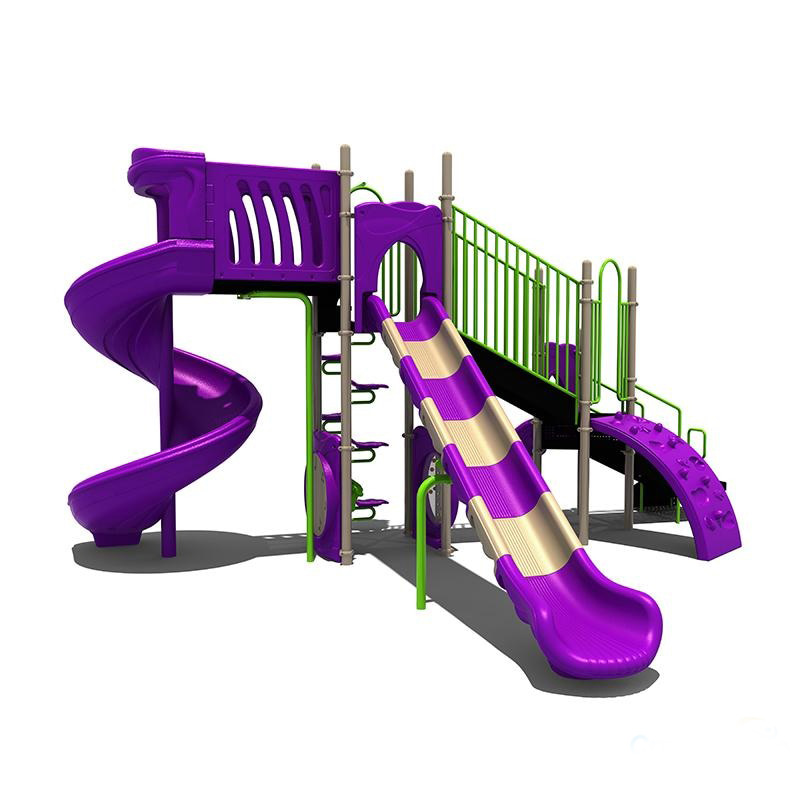 $ 20,695
Save $ 8,305
$ 20,695
Save $ 8,305
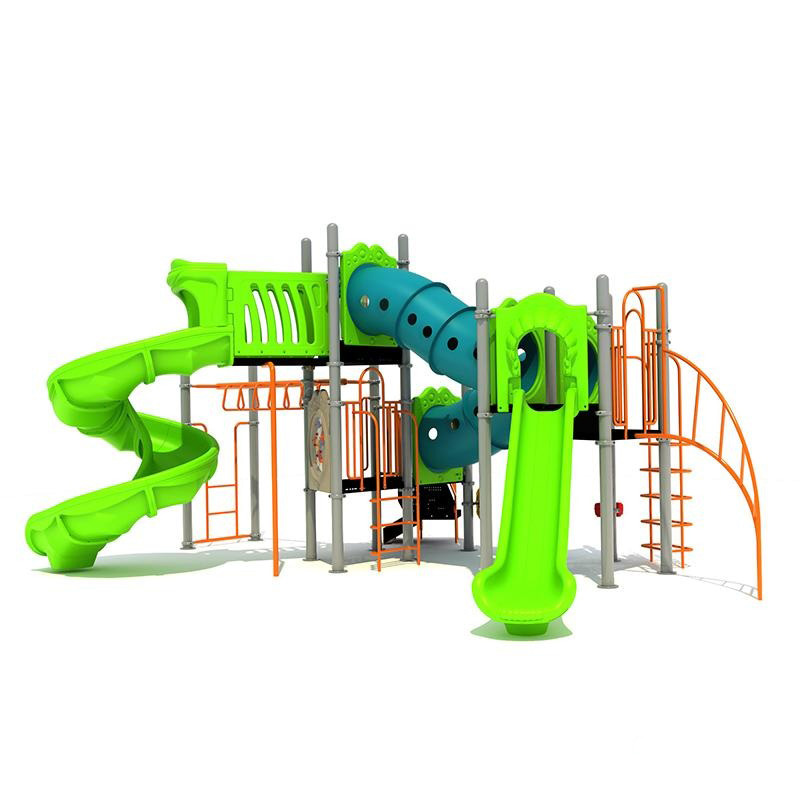 $ 34,932
Save $ 13,968
$ 34,932
Save $ 13,968
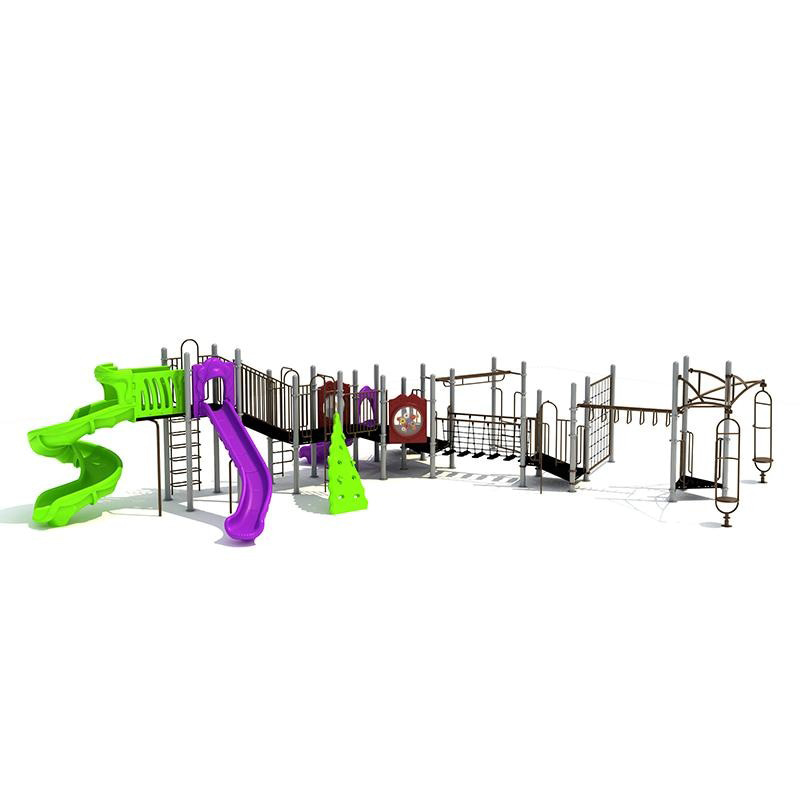 $ 46,704
Save $ 18,696
$ 46,704
Save $ 18,696
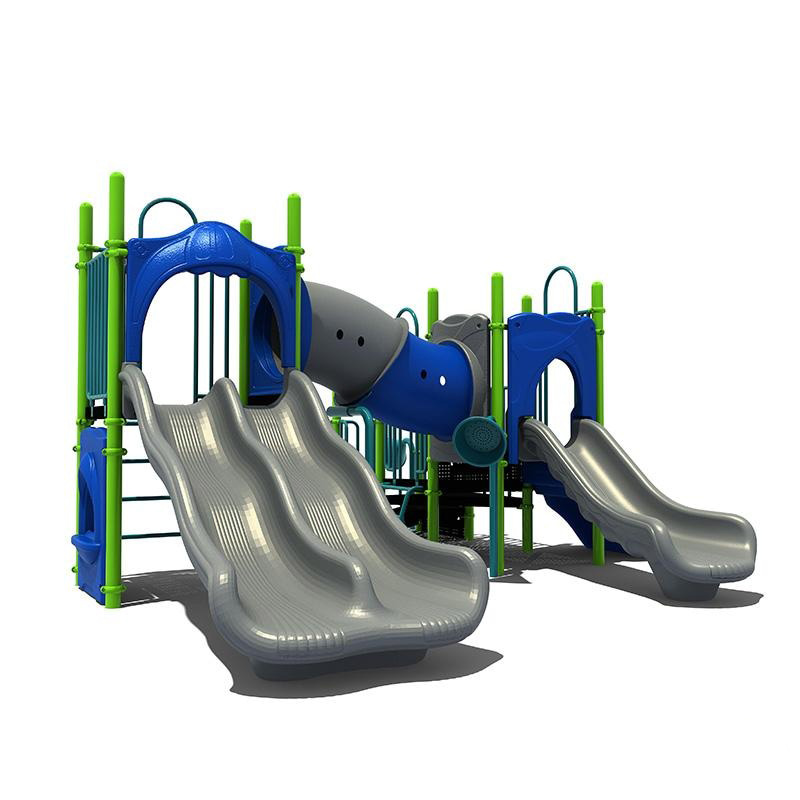 $ 18,550
Save $ 7,450
$ 18,550
Save $ 7,450
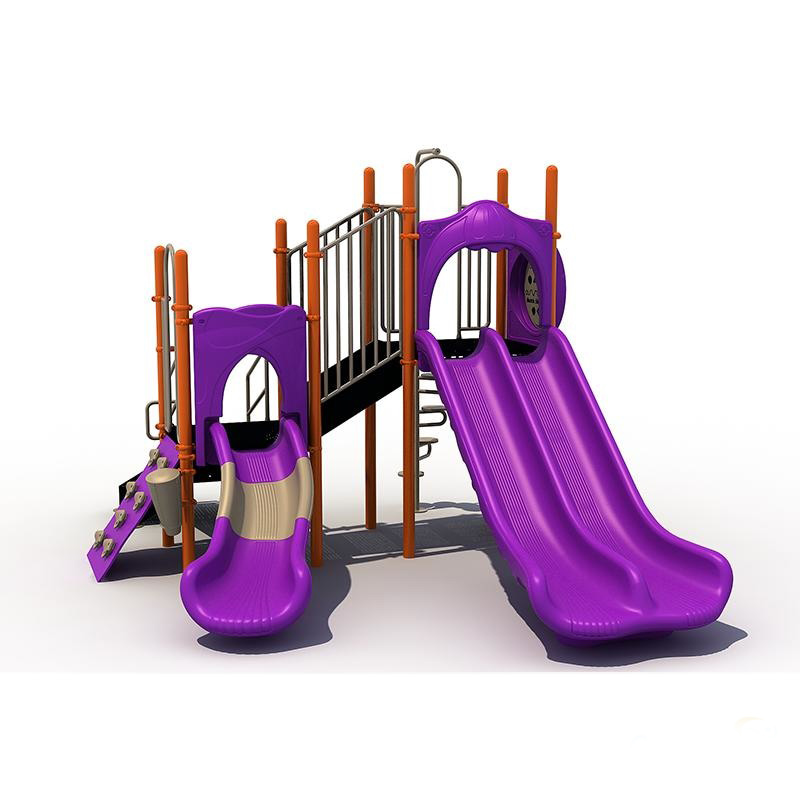 $ 18,987
Save $ 7,613
$ 18,987
Save $ 7,613
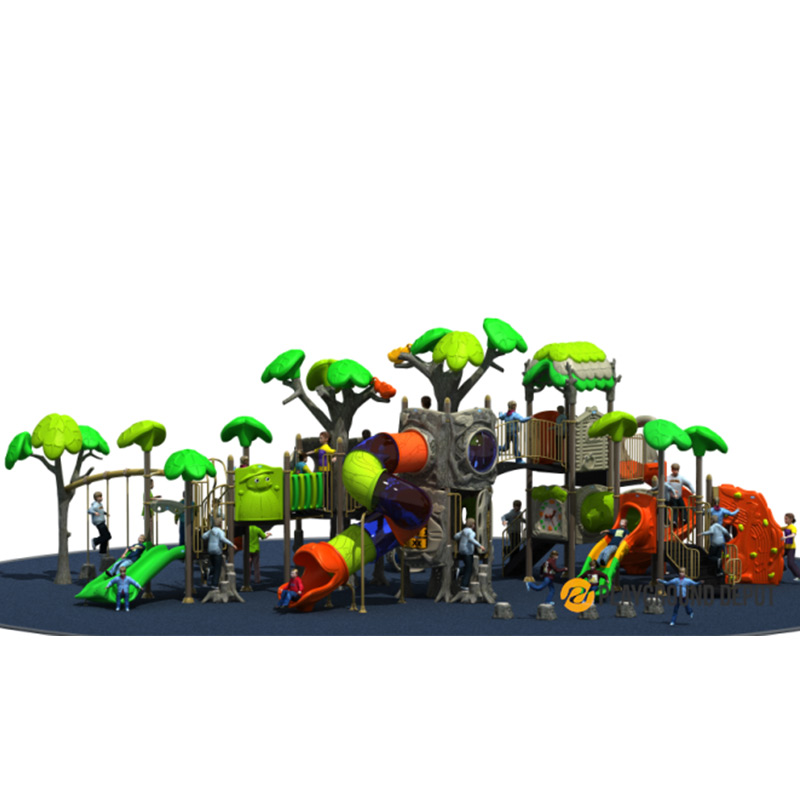 $ 79,153
Save $ 35,043
$ 79,153
Save $ 35,043
 $ 75,450
Save $ 36,893
$ 75,450
Save $ 36,893
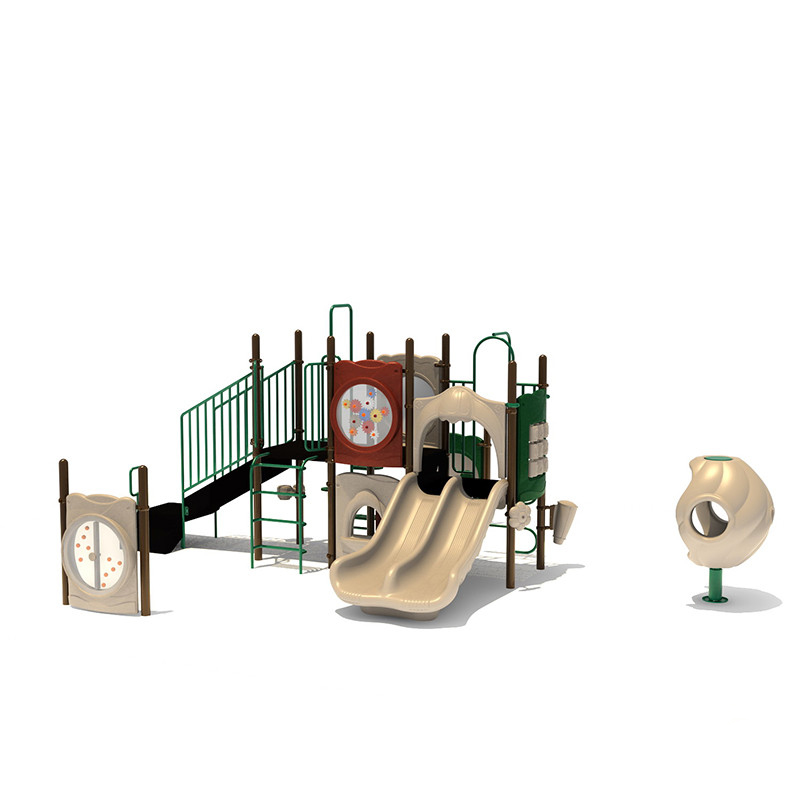 $ 19,505
Save $ 10,581
$ 19,505
Save $ 10,581
Although your reasons for browsing our site are clear, we are aware that you might not be entirely convinced of why your child, children, pupils, or wards might need playgrounds. After all, many of us in the older generations played by using only our imagination. By the end of this article, you will understand the essence of playgrounds and the need to purchase some of our playground equipment for children aged 2-12that will suit your residential or commercial space.
Children nowadays either spend more time indoors at home, using electronic devices or spend their time in school, participating in academic activities. The use of electronics has grown prevalent to the extent that even 2-year-olds clock in a lot of screen time daily. This phenomenon is caused by many social and economic factors that were non-existent a generation ago – the recent pandemic being the most obvious example. Advertisers and retailers are increasingly bombarding our younger kids in efforts to convince them or their parents to buy new electronic products. In this push for kids to have increasing screen time, we’re neglecting one of the most critical development elements: time to play.
Nonetheless, the importance of physical activity for growing children remains and can be maximized by trips outdoors which can be improved by playground equipment or by simply installing playground equipment at home. With playground structures in place, there is so much more kids can do, especially when it comes to innocent, non-mischief plays while burning all that excess energy. Anyone who has been around children for a while knows that children need avenues to let out their energy, or they fall into anxiety and frustration.
The importance of playground equipment for 2-12-year-olds
Some of the significant benefits of playgrounds in aiding child development include a higher sense of self-esteem, improved collaboration skills, enhanced critical thinking skills, and a strengthened immune system. The ages two to twelve encompass several stages of childhood, and they all have different needs, different requirements to meet their unique bodies and brains at these different stages. These stages are:
Toddlers
When kids are around two years old, they move into the so-called “onlooker” phase. They watch other kids play because doing so helps them learn how to relate to others. They’ll frequently ask questions about the children they’re observing but typically do not make any effort to join in the play.
Another type of play toddlers engage in at this stage is parallel play. They’ll play alongside other kids but without interaction. This process provides a toddler with opportunities to role-play and understand the concept of “mine.” This time is also when parents come to dread the word “again.” While it may be frustrating, repeating actions is essential for your kids because it helps them master a skill or task.
Younger Kids
Once your child reaches the age of 3 or 4, they become more interested in other kids than in their toys. Young kids continue to engage in parallel play and enter the stage known as associative play. During this stage, kids take what they learned from the earlier stages of play and use it to engage with other children through such play. They begin to learn how to share and develop rudimentary problem-solving skills. Although kids often have similar goals, there’s no formal organization to this kind of play. They want to play with the same toys — maybe even trade them back and forth.
At this age, another type of play that arises is cooperative play. Kids learn rules about cooperation and the give-and-take process during this period. They take the first steps toward learning how to use moral reasoning to determine values.
Older Kids (Up to Age 12)
While the importance of playgrounds and free play in child development is evident for all kids, including those above the age of 12, it remains crucial during the early school years. Play is how kids learn to socialize. It improves their thinking skills and problem-solving abilities and helps them develop many of the skills they’ll need in adult life. This process is vital for older kids. One of the ways they frequently explore new roles, complex emotions, and even new vocabulary is through fantasy play.
As kids grow up, their play grows more complex and layered. They start to take on adult roles and think in abstract ways about play. This phase is when they’ll also begin to learn about game play and rules. Games like Simon Says help kids understand that there are sometimes rules everyone must follow. On the other hand, it also helps them learn when it’s all right to break away from rules that may not be fair to everyone.
Sadly, as kids grow older, you may need to encourage them to find time for outdoor play because once they begin schooling, they have to deal with peer pressure and the idea of fitting in. In the 21st century, this frequently manifests as less time spent playing and more time spent texting or playing computer games. Take them to parks and playgrounds where they can see other kids at play, and encourage them to join in.
Encourage your children aged 2-12 to try out large playground equipment
The best way to entice them to outdoor play activities is by introducing your children to some of our large outdoor play structures. As you browse through our catalog, you will come across some of our affordable playground equipment for 2–12-year-olds, such as the UL-TH003 commercial playground equipment. One unique and fantastic element of this structure is its design. As you will see in our catalog, it’s a large, well-spaced piece of equipment that can contain up to 35 kids. This means every child will get their turn to play and can also play at once. This model of commercial playground equipment for 2-12-year-olds is affordable and has a reasonable payment plan for those on a budget.
Another classic example in our catalog is the UL-GC06-07 commercial outdoor play structure. From the picture on the catalog, you will see its massive and aesthetically pleasing design. What child in that age range wouldn’t love to have an exciting play experience on this structure? It is spacious, safe to play on for kids, a piece of suitable playground equipment for 2-12-year-olds, durable for any possible wear and tear, and, get this: it can accommodate up to 40 children at once. Yes! You read that right.
This is just one of the other ideal commercial play structures that is just right for your space.
Disadvantages of Play-Deprived Children of That Age-Range
According to research, educators, parents, and guardians should be worried about the rapid decline in unsupervised free play for children, which may damage early child development and subsequent social and emotional learning. There are several ways that lack of play can hurt a child, some of which are:
- During the first ten years of life, moderate-to-severe play deprivation can cause poor early child development.
- It leads to depression.
- Difficulty adapting to change
- Lacking self-control and having a greater tendency to addiction, and, Having fragile and shallower interpersonal relationships.
Play is so crucial to a child’s life that the U.N. recognizes it as a human right. A lack of play can have several long-term negative impacts on a child’s life, some of which are:
They are deprived of social and emotional learning
When these children cannot play sufficiently, they may have serious difficulties bonding with the human tribe and recovering from traumatic experiences that an average child would otherwise recover from. That’s because belonging to your social group is a complicated social and emotional learning experience catalyzed by play. In school, severely play-deprived children may not have learned the complex languages of play which harmoniously bring together the emotional, cognitive, physical, and social elements necessary for personal competence in playing.
Play deprived children fail to engage socially with others
Unlike children who were allowed to play, children who weren’t allowed to play may grow up to have more explosive reactions to circumstances rather than a sense of belonging. When they reach adulthood, they are often unoptimistic and subject to smoldering depression due to a lack of joy in their lives. That’s because play fosters social and emotional learning and acceptance of different human behaviors. It serves as an excellent foundation for children to grow into functioning members of society.
They are unable to express themselves
Because play is an avenue for children to express their spontaneous nature, imagination, and impulsiveness, taking it away can impede their ability to express themselves. There is so much we can discover about our children when they play. We can tell what their hobbies are, what they like, their social nature, and many other things by watching them play. Many children’s talents are discovered when they are observed during playtime. Without playtime, the child is limited, unable to express themselves and hone whatever skills or talents they might have.
Our guarantee to clients
At Creative Systems, we pride ourselves on manufacturing playground equipment that meets the highest environmental safety standards. Our playground equipment for children aged 2-12, ranging from simple parts to entire large structures,are easy to disinfect and clean. They are durable and resistant to environmental elements like rain, sunshine, etc. Our paints and coats are safe for children’s delicate skin and hypoallergenic. They are made to withstand the wear and tear of children’s physical play, and they can be used in any environment you, the client, might have in mind.
Reach out to us today to get a quote!

